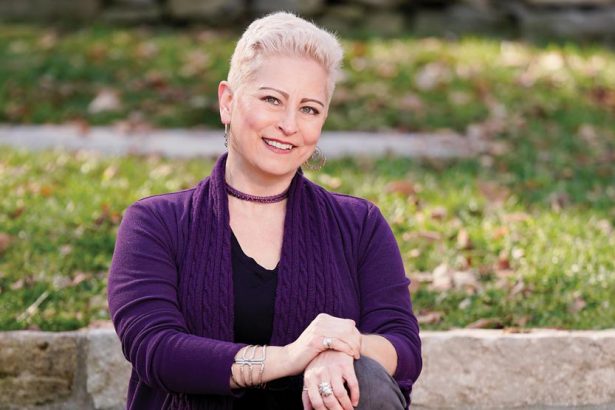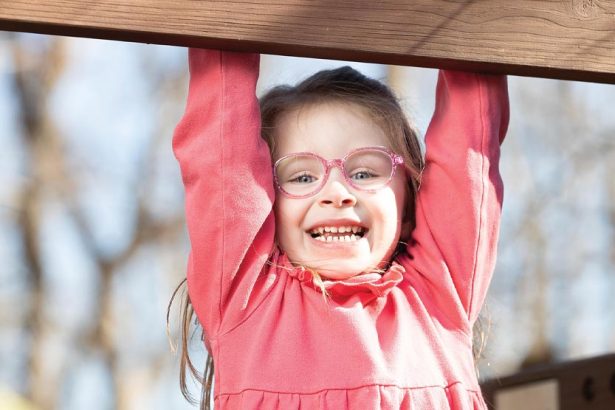Patient Search
 |
 |
|
KaCrole Higgins was diagnosed with breast cancer in 2020. “In May 2020, I found a lump in my breast. I cried. By June, it was diagnosed as breast cancer, triple positive, stage 1A. While getting this cancer diagnosis was devastating, it also became an opportunity. Suddenly, the cancer gave me clarity. It gave me clarity about what was important, what was good in my life, what was toxic in my life, and what I needed to do.” Click below to read more of KaCrole’s story |
If Landon Ryan had been diagnosed with bilateral retinoblastoma 10, 20 or 30 years ago, she might not be here today with nearly perfect vision.Thanks to recent improvements in the treatment for this rare form of cancer that almost exclusively affects children under the age of 5, the diagnosis had the power to change Landon’s life when she was 11 months old, but not to take it — or her eyesight. Click below to learn more about Landon and her story. https://momentum.vicc.org/2022/04/brighter-outlook/ |
Mismatched Related Donor versus Matched Unrelated Donor Stem Cell Transplantation for Children, Adolescents, and Young Adults with Acute Leukemia or Myelodysplastic Syndrome
Multiple Cancer Types
This phase III trial compares hematopoietic (stem) cell transplantation (HCT) using mismatched related donors (haploidentical [haplo]) versus matched unrelated donors (MUD) in treating children, adolescents, and young adults with acute leukemia or myelodysplastic syndrome (MDS). HCT is considered standard of care treatment for patients with high-risk acute leukemia and MDS. In HCT, patients are given very high doses of chemotherapy or radiation therapy, which is intended to kill cancer cells that may be resistant to more standard doses of chemotherapy; unfortunately, this also destroys the normal cells in the bone marrow, including stem cells. After the treatment, patients must have a healthy supply of stem cells reintroduced or transplanted. The transplanted cells then reestablish the blood cell production process in the bone marrow. The healthy stem cells may come from the blood or bone marrow of a related or unrelated donor. If patients do not have a matched related donor, doctors do not know what the next best donor choice is or if a haplo related donor or MUD is better. This trial may help researchers understand whether a haplo related donor or a MUD HCT for children with acute leukemia or MDS is better or if there is no difference at all.
Leukemia,
Myelodysplastic Syndrome,
Pediatric Leukemia,
Pediatric Lymphoma,
Pediatrics
III
Kitko, Carrie
NCT05457556
COGASCT2031



